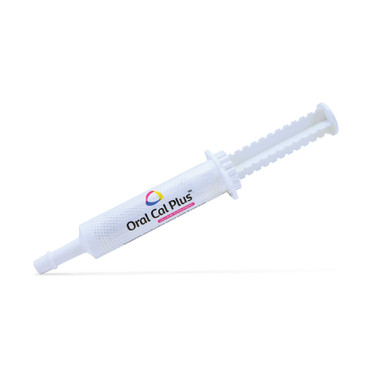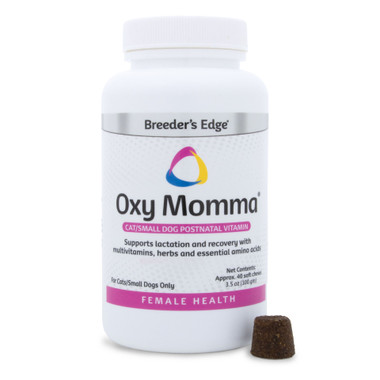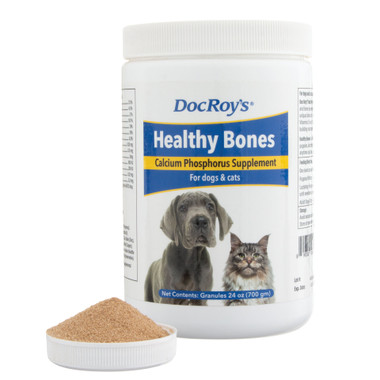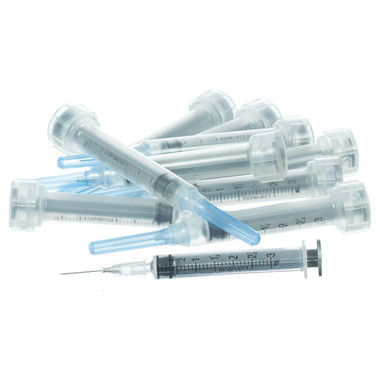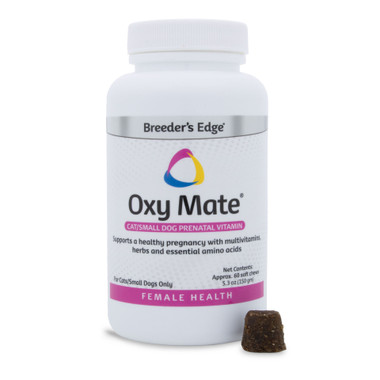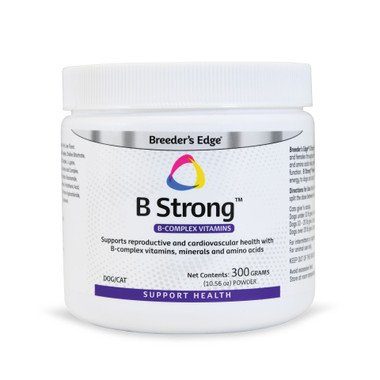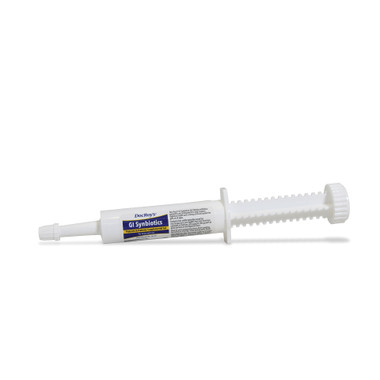Delightful Dapples
Estimated 0 min read
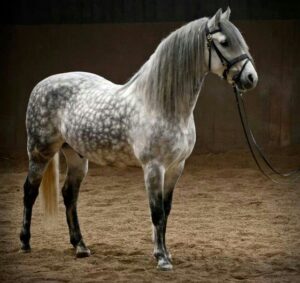
Healthy horse with dapple
What you may be inquisitive to know about the eye-catching coat pattern called Dapples or dappling—and how You can encourage your horse’s Dapples to really stand out and make a statement!
Dapples on a glossy horse coat are one of those classic signs of equine health. While they’re most commonly found on gray horses, dapples can appear on horses of other colors too. If you’ve ever happily gazed at your horse’s dapples and wondered about where they came from—or seen dapples on another horse and longed for them on your own–we’re right there with you. We’ve gathered answers to some questions we’ve all had about this beautiful coat pattern. So, let’s dive in.
What are dapples?
Dapples are color variations on a horse’s coat that look like darker circles, with lighter color in the center of each ring. They can also look like irregular lighter spots on a darker coat, or vice versa. Dapples can appear most often on a horse’s hindquarters, as well as their flanks. They can appear in the summer and disappear, or sometimes only in the winter.
Dapples are most often present on gray horses, and sometimes bays, palominos and buckskin or dun horses. They are seen less often on sorrel or chestnut horses.
What causes dapples on a horse?
As is the case with any coat color, dapples are influenced by your horse’s genetics.
But rather than being caused by skin pigment changes, dapples are variations in the pattern of black versus color along the hair shaft. That is why they might go away when you body you’re your horse—or appear when you’ve clipped your horse’s hair short.
Dappling comes from the presence of the melanocyte eumelanin, which produces black pigment. Chestnut horses do not have eumelanin, which is why chestnuts rarely have noticeable dapples.
Why are dapples more predominant in gray horses?

Rider on grey horse with dapples
It comes down to genetics. If your horse carries the gray allele in their DNA, they will present with a gray color and progressively lighten as they age. The gray allele is a dominant gene. This means if you breed two gray horses, the foal will always be gray. Non-gray horses can carry the gray allele, which means they could produce a gray foal, depending on the genetics of the horse you breed them to.
A horse that is classified as a “true gray” is born black—or another darker color. As the horse ages, their coat lightens to what is eventually a flea-bitten gray or nearly white-looking. During their lifetime, they may be a “dappled gray” for several years as their coat gradually lightens.
If your horse carries two gray alleles, they’ll often turn gray faster than a horse with only one gray allele.
The silver dapple gene dilutes the horse’s base coat color, which is usually black. This happens when the horse has black hair with eumelanin, such as a bay or black horse. The result is a dark chocolate color that is often dappled, with a flaxen mane and tail. A horse with a silver dapple coat will not lighten up as the horse gets older, unlike gray horses.
What breeds tend to have dapples?
Horses of many breeds can be gray, and consequently, can dapple, especially Connemara ponies and many warmblood breeds. The majority of Lippizans are gray, and hence dappling is often present. Andalusian horses are commonly gray and are renowned for having a dapple grey color. Percherons are most often gray or black. Many Arabians are gray as well.
The silver dapple gene is associated with the Rocky Mountain Horse and Miniature Horses. Icelandic Horses, Shetland Ponies and Welsh Ponies also carry this gene. Other breeds showcasing the dapple gene include Morgans, Welsh Ponies, American Saddlebreds, Missouri Foxtrotters, Tennessee Walking Horses and the American Quarter Horse.
Are dapples a sign of good health?
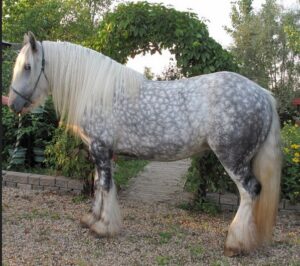
Healthy diet brings out the dapples on your horse
Because they’re most often seen on slick summer coats, dapples are often thought to be a sign of good health. Good routine care and diet can enhance dapples, but even the healthiest of horses may not have dapples if they’re not genetically disposed to have them.
How to bring out your horse’s dapples
Start with a high-quality, balanced diet that includes forage and the correct amounts of protein and amino acids. Some experts believe that protein is the key to accentuating dapples. Others swear by alfalfa, which contains rich protein. Fatty acids can enhance the shine on your horse’s coat. Look for oils rich in omega-3 fatty acids rather than omega-6 fatty acids.
Make sure your horse is getting adequate trace minerals, which can help with melanin production, leading to coat color improvements.
Float your horse’s teeth routinely, keep your horse on a regular deworming schedule, and be sure to stay on top of skin conditions such as mange or rain rot. Banixx Horse & Pet Care is the ideal product to keep on hand to maintain a healthy skin on your horse. It is a horse-friendly antimicrobial that makes quick work of Scratches, Rain Rot, Fungus, Cuts, Scrapes & Wounds. Banixx is cost effective and works quickly with no sting/burn for your horse and its completely safe around the eyes.Jess make the first and second Banixx to be a hyperlink to our 16oz produc tpage.
In addition to diet, incorporate conscientious grooming routines to enhance your horse’s coat—dapples or not. Rub circles on the coat with a rubber curry comb and stiff brush your horse for 10-15 minutes a couple of times a week and you’ll quickly see improvements as you’re stimulating natural oil production and distribution throughout the coat. Make sure you clean your brushes regularly to avoid re-distributing dirt on your horse.
If your horse has the gene for dapples, these efforts will not only contribute to a healthy and happy 4-legged friend, but they’ll also help bring out any dappling your horse may have.
This blog createdby Abigail Boatwright
Read more on our BanixxHorse Blog
We hope you found this article helpful and if your horse ever gets anywounds,cuts.scratchesorwhite line disease, we hope you keep Banixx Horse & Pet Care in mind. We have information on topics such as your horse’swolf teeth? Or, ways tohandle manure removalor the miracles ofacupuncture for your horse..yes. we’ve got these all covered for you! Need your own Banixx, clickhereto find out where to buy it!
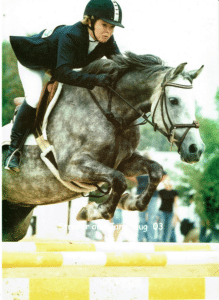
Grey dapple horse and rider Jane DeMeulemester
Sources:
https://thehorse.com/180950/how-to-get-a-horses-coat-to-dapple/
https://proequinegrooms.com/tips/grooming/got-dapples/
https://ker.com/equinews/feeding-dapples-five-tips/
https://seriouslyequestrian.com/dapple-grey-horse/
https://vgl.ucdavis.edu/test/silver






